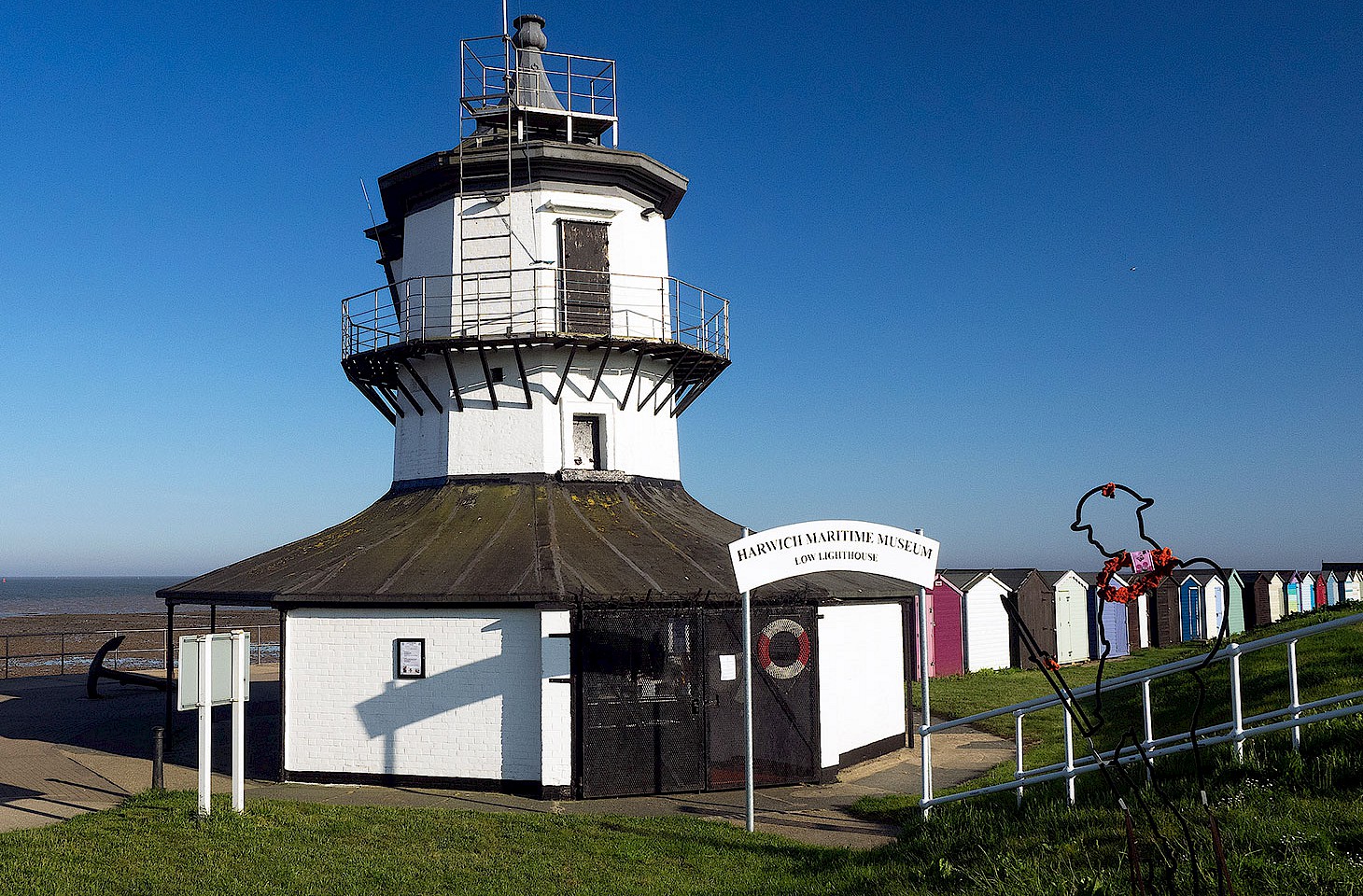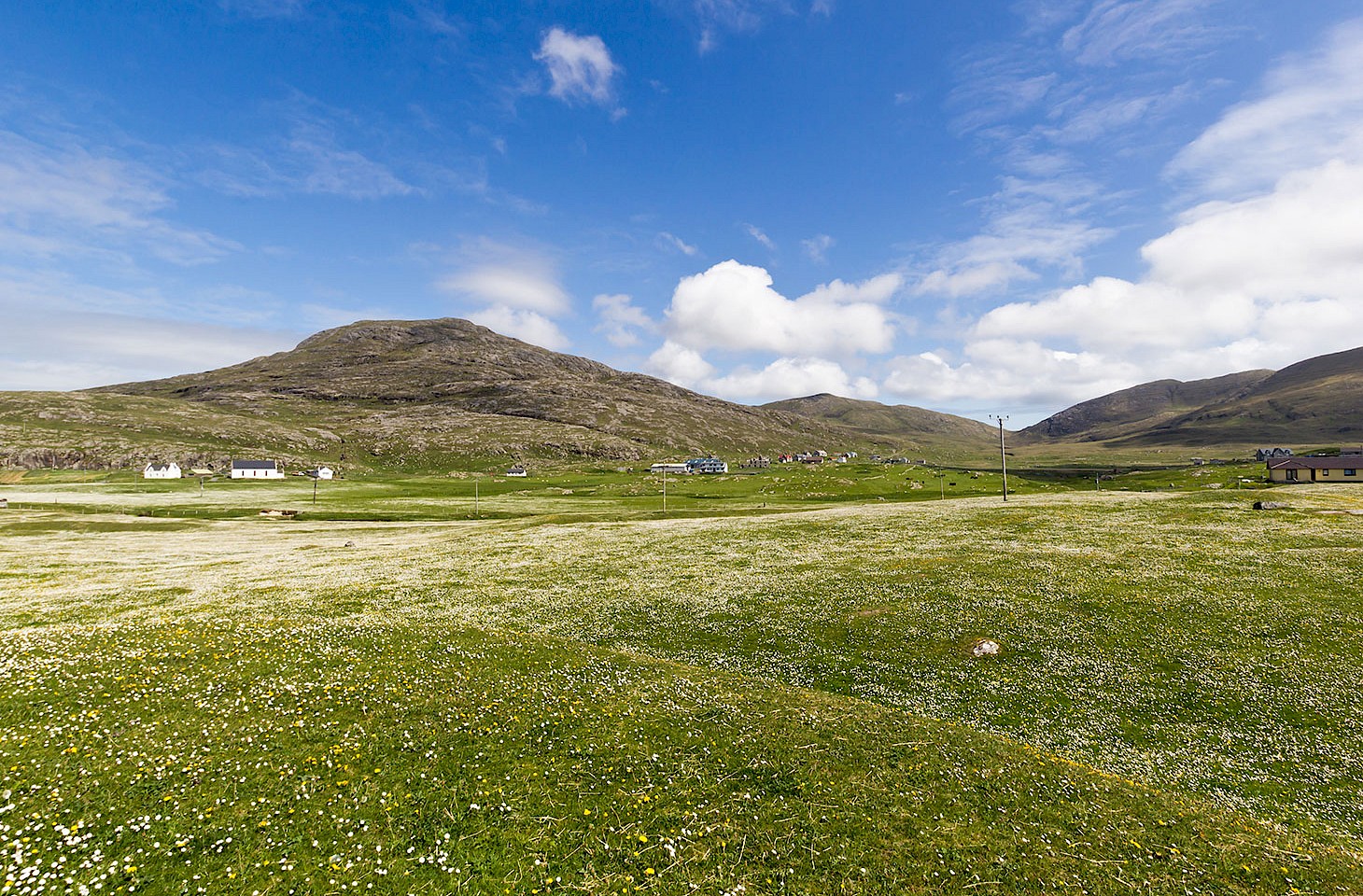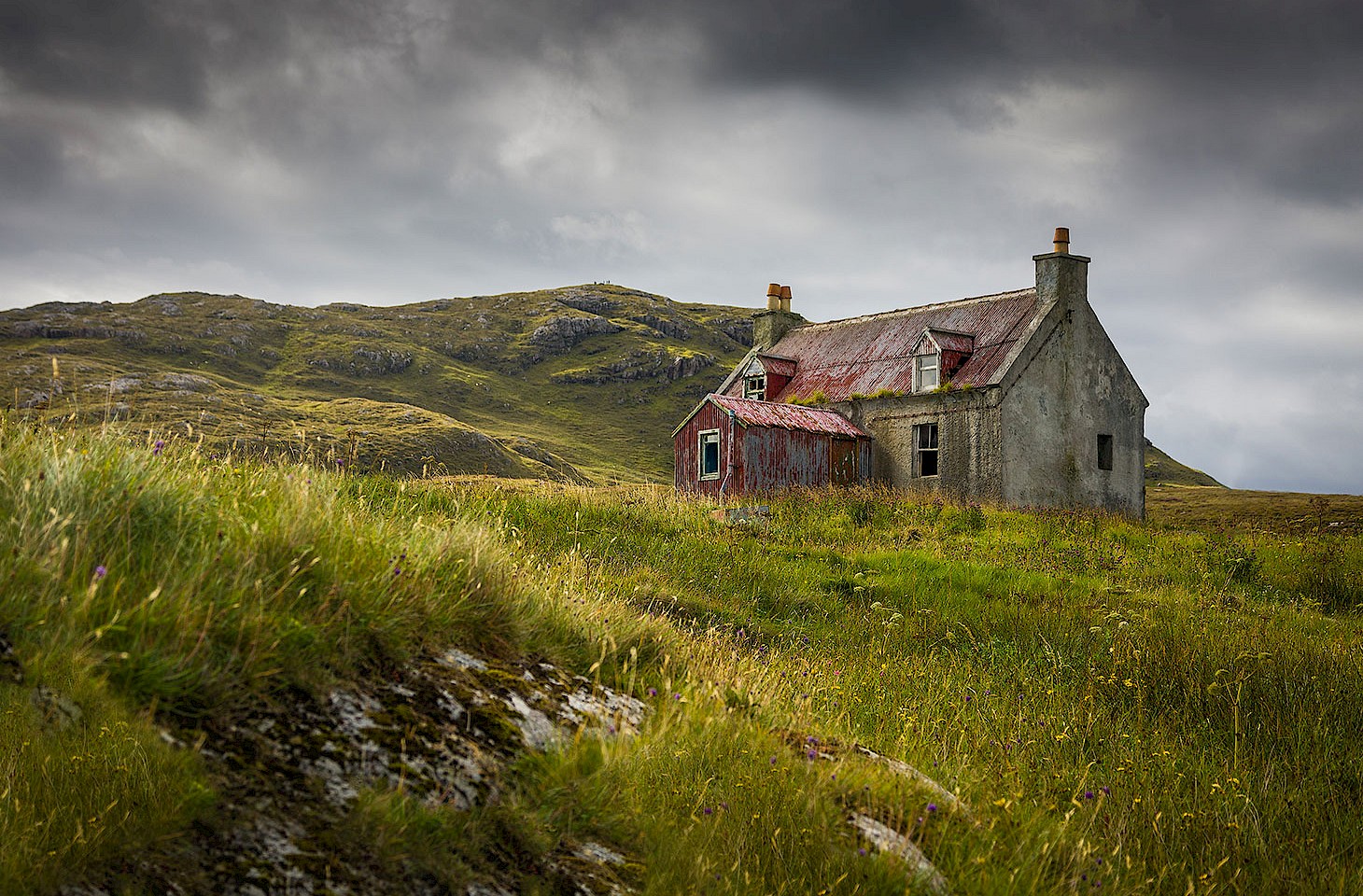Dear fellow travellers
I remember staying in a youth hostel in the flatlands of eastern England. In the modest hostel library, I found a slim book called Teach Yourself Mountain Climbing. So it was that I learned about ice axes and crampons, belays and bouldering, in the Fens rather than in the hills. I lived in the hills at that time, in mid-Wales, but it was that small Teach Yourself book which made me think more about climbing rather than merely hillwalking.
Taking a cue from the author of Teach Yourself Mountain Climbing, a man called Godfrey Francis, an ice axe seemed a perfectly sensible early investment. “Buying an [ice] axe should be the beginning of a long partnership,” wrote Francis.
What little I knew about possible uses of an ice axe related more to Trotsky than to mountaineering. Trotsky, you’ll recall, came to an unhappy end in summer 1940, murdered at his home in a leafy suburb of Mexico City. The assassin was Ramón Mercader and the murder weapon was an ice axe – a detail that I still find troubling. Let’s face it, an ice axe is hardly inconspicuous, and anyone wandering through suburban streets on a summer afternoon with an ice axe would surely attract attention. It seems an unwise choice of weapon for a political assassination.
Apart from obvious uses on snowy slopes in Wales, or on ice-clad cliffs in the Alps, I have found an ice axe immensely useful for opening tins of pineapple, for keeping inquisitive coyotes at bay, tenderising beef and stirring soup. But the ice axe is also a quite remarkable badge of identity. And that can really come in handy. I was once on the point of boarding the wrong carriage on a night train in Germany, when an observant fellow-passenger, seeing the ice axe attached to my rucksack, stepped forward and gently reminded me that “only the front four carriages of this train go to Switzerland.”
The ice axe is a natural development of the classic alpenstock. During the so-called golden age of alpinism (which wasn’t very golden and didn’t last an age, merely eleven years), sturdy walking sticks were being adapted for mountaineering purposes with an adze and a pick at the head.
My first (and only) ice axe was well beyond the alpenstock. It was an all-metal affair bound with reflective tape that almost seemed to glow in the dark. Though in its general shape and design it wasn’t so very different from that which led to Trotsky’s demise. But these days ice axes come in all sorts of weird shapes with names to match. How about a Black Diamond Venom or a Camp Corsa Nanotech? Looking at these modern ice axes, it’s hard to discern how such implements might actually be used for anything other than opening tins of pineapple or deterring curious coyotes.
My ice axe accompanied me on expeditions to many mountain ranges, though my most memorable ice axe experience was close to home, on a wonderful Welsh mountain called Tryfan. There, on a stormy winter afternoon, the metal ice axe was suddenly decorated by fleeting flickers of blue flame. Mere wisps of fire. All of us in the party laid our ice axes to one side and took shelter under a crag. It was, I think, an instance of a rare electromagnetic phenomenon known as St Elmo’s Fire.
No bolt of lightning followed, but it was a sharp reminder that carrying a metal ice axe on a bare mountain may not always be sensible. An ice axe in the wrong place can be a dangerous weapon. Just as Trotsky discovered.
Nicky Gardner
(co-editor, hidden europe magazine)




